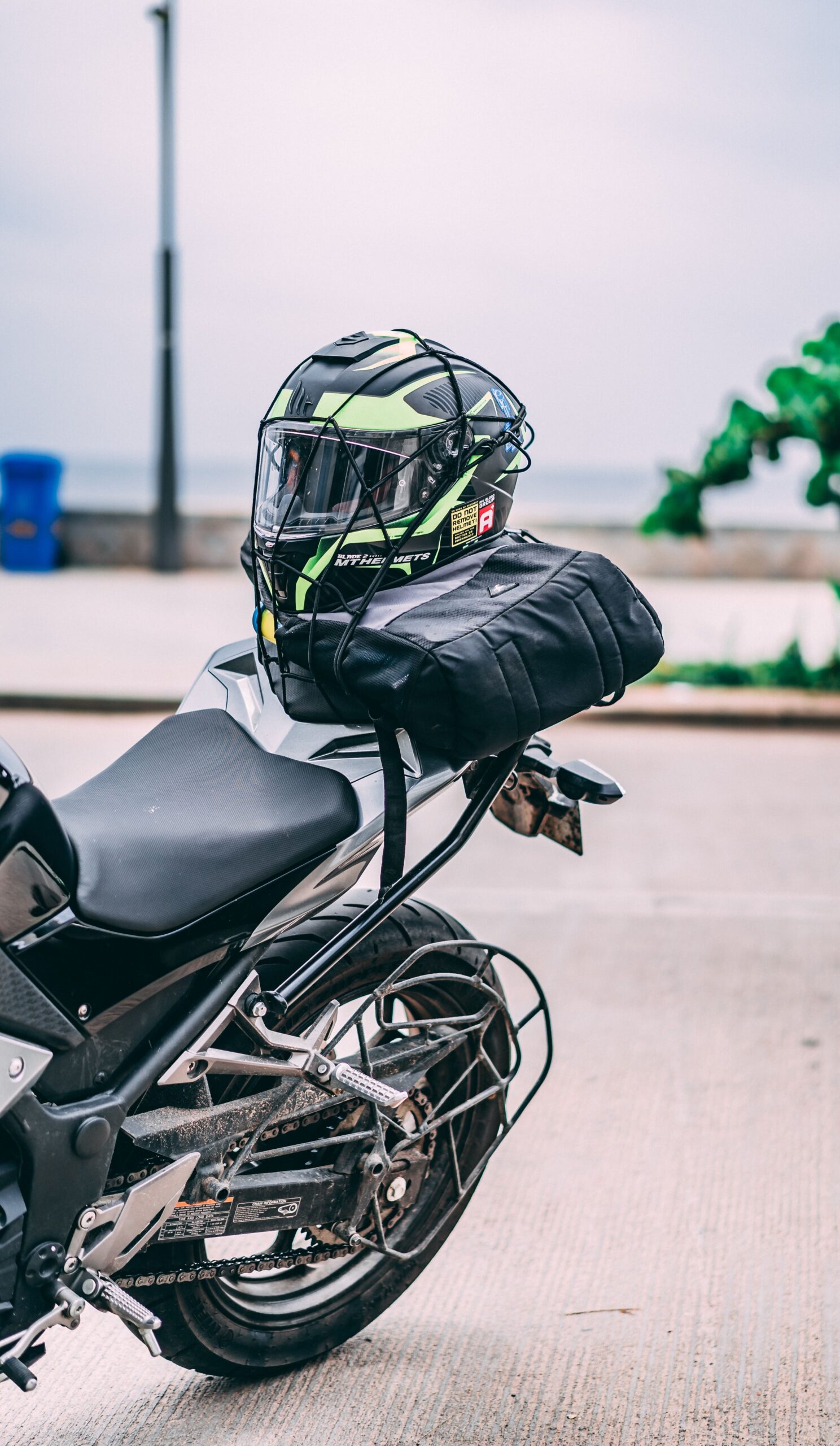

Have you always wanted to be your own boss and have a real impact on your local community? Owning a business in your own town is more than just a dream—it is an opportunity now available with us at The Helmet Doctors.
Take the first step towards your self-employed journey, simply complete our Expression of Interest form with your details. Once received, we will guide you through the necessary steps, including signing the required Non-Disclosure Agreement (NDA) enabling us to discuss how easy this opportunity could be in your local area.
Afterward, we will reach out to organize a convenient time for a video meeting where we can discuss your vision of running your own business with The Helmet Doctors. We will address any questions you may have, and provide you with valuable insights and guidance on how our services are needed in your town.
Don't let your dream remain just a dream. Let us show you how you can unlock the immense potential of your own business in your town. Complete the Expression of Interest form today, and let us embark on this exciting journey together!

Motorcyclists & Motorsport enthusiasts, buckle up for a compelling journey that unveils the crucial link between helmet safety and your passion for adrenaline. We shed light on the specific risks you face, and the devastating consequences of Traumatic Brain Injuries (TBIs), & present an innovative solution to fortify your protection.
Welcome to The Helmet Doctors, where we strive to empower you with the knowledge and tools to ensure a safe and exhilarating ride/drive every time knowing your helmet’s structural integrity is in optimal condition.
Below and the following stories we will brief you on the areas:
But now let’s look at …
Manufacturing Of Motorcycle Helmets –
The Outer Shell: Composite Shells
Composite shells
There are two possible methods generally used for the manufacture of composite shells.
The first utilises a positive mould and a negative mould. A releasing agent and a cover layer of resin, which contains the colour of the helmet and forms the outer thinnest layer of the helmet, are sprayed into the negative type mould. Thin strips of pre-cut glass fibre mats impregnated with highly viscous polyester resin and hardener are applied to the still-moist covering layer (Shuaeib et al. 2002b). A maximum of nine layers of polyester-type glass fibres are manually applied and pressed into the negative-type mould using special tools, to avoid the presence of bubbles (Hartung 1981).
The second manufacturing method, begins with the application of a thin layer of resin, generally epoxy, to the positive type mould (in this case, the foam inner liner of the helmet). An aramid, glass, or carbon fibre mat or tissue is then applied to the still-moist layer of resin. Referring to Figure 2 of our website, this fibre tissue (with dimensions approximately 100 cm by 45 cm) can be extended over the final positive type mould until the mould is covered up to the upper edge of the cut-out (Hartung 1981).
The laterally overhanging ends of the tissue are then tensioned appropriately until the entire surface of the positive type mould (foam inner liner) is covered uniformly up to a longitudinal chin-protecting region of the helmet to be built up without forcing the folds (Shuaeib et al. 2002b). The ends of the tissue are laterally folded over the longitudinal portions, forming the chin-protecting regions, which means that this relatively weak region is covered by two layers of tissue (Hartung 1981).
Following the first tissue application to the foam inner liner (positive type mould), it is carefully impregnated with artificial resin and then covered by the second tissue using the same technique. Hartung (1981) showed that a total of five tissues, applied over the foam inner liner, is sufficient to satisfy tough safety requirements. The advantages and disadvantages of manufacturing composite shells for motorcycle helmets are outlined as follows:
Advantages
Disadvantages
For more content or illustrations, head to our website, or check out our FAQ. To reference our article to your friends, or family, in the Motorcycling/Motorsport community, click the link below or simply copy this URL or bookmark the page for future referencing: https://thehelmetdoctors.com/contact-us-helmet-protection-motorcycle-safety-course/. Otherwise read our next article about Supporting Your Local Motorcycle Store: A Helmet Safety Choice, titled “Helmet Safety Protect Your Head with Us”
“Our motorcycle safety course in helmet protection”
a2307086

